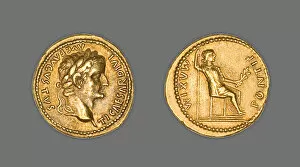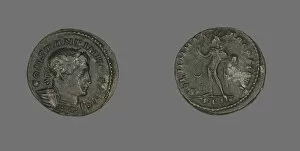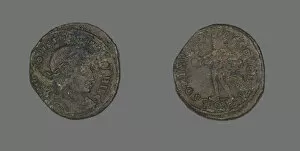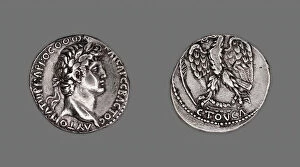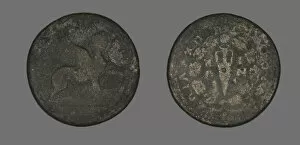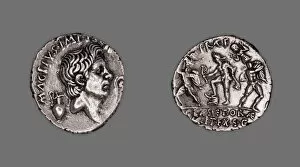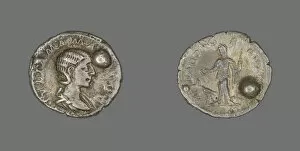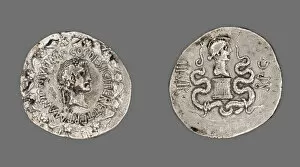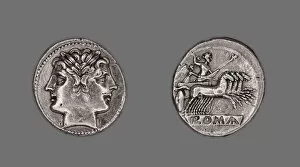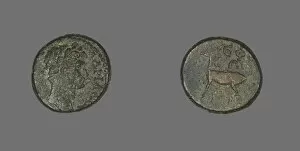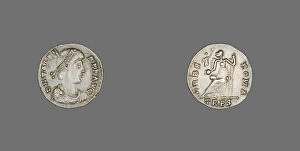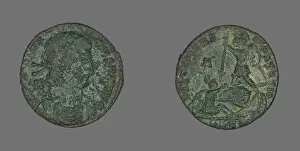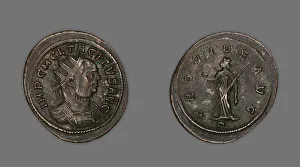Numismatics Collection (page 2)
"Exploring the Riches of Numismatics: A Journey Through Time and Currency" Step into the fascinating world of numismatics
All Professionally Made to Order for Quick Shipping
"Exploring the Riches of Numismatics: A Journey Through Time and Currency" Step into the fascinating world of numismatics, where history comes alive through coins and banknotes. From English Coins featuring iconic figures like George IV and Queen Victoria captured in timeless black and white photographs, to a rare Sudanese Banknote from 1885 made of pressboard that tells tales of a bygone era. Delve deeper into the Spanish Civil War with bills issued by towns during this tumultuous period, such as the 2 pesetas bill from Spain in 1938 or the Barcelona 1 peseta coin from 1937. These artifacts bear witness to a nation's struggle for freedom. Travel back even further in time with ancient treasures like Julia Domna Silver Denarius or Julius Caesar Copper Alloy Coin, reminding us of Rome's grandeur. The Queen Anne Silver Shilling takes us to England during her reign, showcasing royal elegance etched onto precious metal. Crossing borders, an Electrotype Greek Coin hailing from Thurium in Southern Italy offers glimpses into Hellenistic culture. Meanwhile, a Roman Republic Silver Denarius unveils stories of power and conquest. Closer to home, discover everyday currency with a Copper Alloy Pre-decimal One Penny (1d) Coin from England - once used for small purchases that now serve as nostalgic reminders. Finally, behold the regal splendor of Queen Victoria Jubilee Head Silver Crown - an emblematic symbol representing an era when Britain ruled over vast territories. Numismatics is not just about collecting coins; it is about unraveling historical narratives engraved on these tiny pieces of metal or paper. Each artifact holds within it stories waiting to be discovered – tales that connect us to our past while igniting curiosity for our future.






